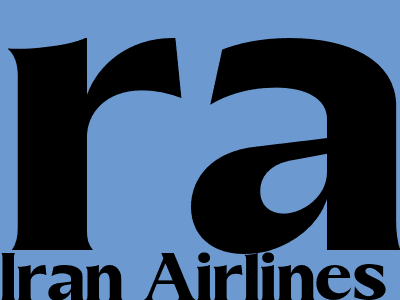
The Truth About Iran Airlines: A Behind-the-Scenes Look
Unveiling Hidden Realities and Misconceptions
Iran Airlines, commonly known as Iran Air, is the flag carrier of Iran. Established in 1962, it has grown to become one of the largest airlines in the Middle East, operating flights to domestic and international destinations. Despite its prominence, Iran Airlines has faced challenges and controversies, raising questions about its operations and safety standards.
Safety Concerns and Controversies
Iran Airlines has been subject to safety concerns over the years. It has been involved in several accidents, including the 1988 downing of Iran Air Flight 655 by a U.S. Navy missile, which resulted in the deaths of 290 passengers and crew.
In 2015, the European Union banned Iran Air from operating within its airspace due to safety concerns. The ban was lifted in 2016 after Iran Air implemented safety improvements. However, the airline's safety record continues to be scrutinized, with concerns raised about the maintenance and age of its fleet.
Operational Challenges
Iran Airlines faces operational challenges due to international sanctions imposed on Iran. The sanctions have restricted the airline's ability to purchase new aircraft and spare parts. This has led to a reliance on aging aircraft, which may not meet the latest safety standards.
In addition, Iran Airlines has been affected by political tensions between Iran and other countries. The airline has experienced flight cancellations and disruptions due to geopolitical issues and travel restrictions. These challenges have impacted its operations and reputation.
Behind the Scenes: Unveiling the Truth
Despite the controversies and challenges, Iran Airlines remains an important player in the Middle East aviation industry. It plays a vital role in connecting Iran to the world. The airline has made efforts to improve its safety standards and operations, including investing in new aircraft and training programs.
Beyond the public controversies, Iran Airlines is also known for its hospitality and service. Cabin crew members are highly trained and provide attentive and courteous service. The airline offers a range of in-flight amenities and entertainment options, catering to the needs of its passengers.
Conclusion: Looking Ahead
Iran Airlines continues to navigate a complex operating environment, facing both challenges and opportunities. The airline's safety record and operational efficiency will remain under scrutiny. However, it is also important to recognize the efforts being made to improve its standards and provide reliable air travel services.
As the geopolitical landscape evolves, Iran Airlines will need to adapt and respond to new developments. Its ability to overcome challenges and maintain safety and operational excellence will determine its long-term success and reputation in the global aviation industry.